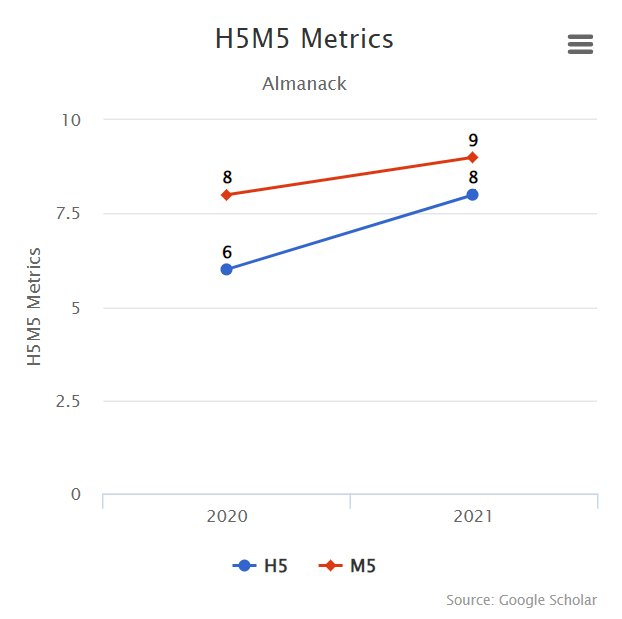Atlantic and local
scales of interdependence in Eighteenth Century, Charleston South Carolina
DOI:
https://doi.org/10.1590/2236-463324ed00319Abstract
Using Charleston, South Carolina, USA, as a case-study, this
article argues that this interplay of scales and, more specifically
unequal scales, was just as important to fostering the growth
of globally-connected cities in the early modern Atlantic. In the
course of the eighteenth century, Charleston grew from a few
thousand inhabitants to one of the largest cities in the North
Atlantic with a population of roughly 15,000 at the first United
States Census in 1790. Historians have customarily attributed
this growth to the simultaneous expansion of the plantation
economy, which produced mainly rice and indigo. Nevertheless,
there were a host of complex local processes at play that
also contributed to Charleston’s importance, which have until
recently been almost completely overlooked by scholars. Delving
into the relationship between the local and the global is
essential to fully understanding both the reason’s for Charleston’s
growth and its critical role in connecting the region to the
Atlantic economy.
Metrics
Downloads
Published
How to Cite
Issue
Section
License
Copyright (c) 2021 Emma Hart

This work is licensed under a Creative Commons Attribution 4.0 International License.


 Português
Português
 English
English
 Español
Español











 This journal is licensed under a
This journal is licensed under a